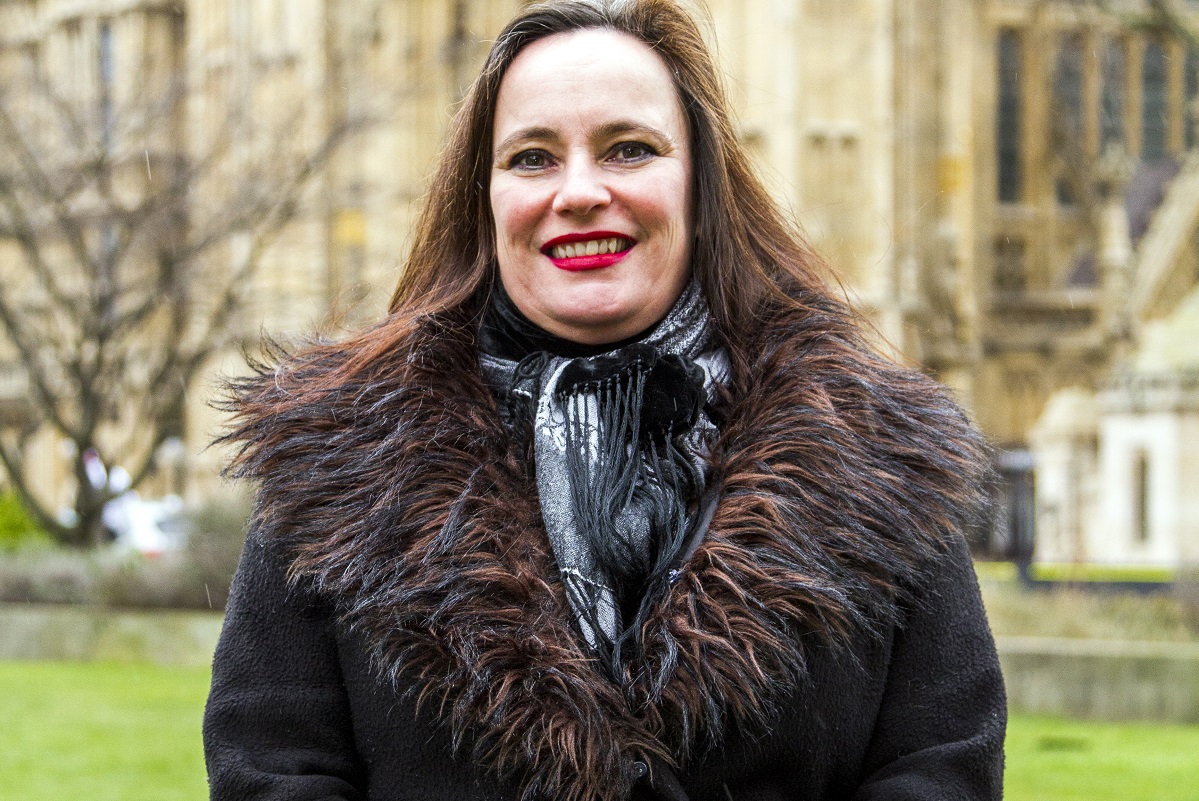You are viewing 1 of your 1 free articles
Applying for social housing as a veteran: an ex-servicewoman tells her story
As the government announces proposals for veterans with mental illnesses to be prioritised for social housing, Catherine Lough speaks to a former servicewoman who found herself homeless after fleeing domestic violence
Tina Fairbrass served in the Royal Navy and became homeless after fleeing domestic violence
Last week, housing secretary James Brokenshire announced that veterans with post-traumatic stress disorder (PTSD) and other mental illnesses will be given priority for social housing.
Ex-spouses and partners of service personnel will also be prioritised, as they currently struggle to access social housing following separation or divorce.
The eight-week consultation on the government’s plans has been welcomed by veterans and charities. Here, a former servicewoman tells Inside Housing why her struggle to find a social home means change is necessary.
Tina Fairbrass had served in the Royal Navy for seven years, including working for NATO and a posting in the Falkland Islands. However, when she left the forces, she found herself in an abusive relationship and was forced to leave her home. “I lost my home and life savings through domestic abuse,” she says.
Ms Fairbrass subsequently became homeless in London, along with her then three-year-old daughter. When she applied to her local authority for social housing in 2011, she found that they made little effort to support her in finding a home.
“The charity that were helping me told me I should be first on the list – I was fleeing domestic violence, I had a child under five, I was ex-armed forces. But the local authority were completely unhelpful. They said they had no stock, and that as I hadn’t reported the abuse to the police, I was merely claiming domestic violence,” she recalls
“You’ve gone from someone in a uniform representing your country to a nobody who can’t find a home”
The council simply gave Ms Fairbrass a list of landlords who would accept social housing tenants, but she says they did not seem interested in her background in the armed forces.
A member of staff assigned to her case rang her once a week to ask if she had been to view any flats, something Ms Fairbrass views as a “box-ticking exercise”.
“They were not remotely interested in my circumstances,” she says.
Eventually, Ms Fairbrass found support through Stoll, a charity dedicated to providing affordable homes to vulnerable veterans. Stoll offered her a two-bedroom flat on the same day, where she has lived ever since.
She says some veterans can isolate themselves in their homes “after years of difficulty”, but Stoll encourages people to involve themselves with activities as much as possible. “If domestic violence charities could use this as a model, people could access much better help.”
Ms Fairbrass welcomes the government’s plans for veterans with mental illness, but points out that “the resources have to be there”. She was diagnosed with depression and anxiety while she was homeless, and emphasises the link between a lack of secure, safe housing and deteriorating mental health. When she received her mental health diagnosis, “no one asked me what my personal circumstances were. I didn’t eat a meal for two years, and I was living in an unfurnished flat.”
“People going through domestic abuse are ashamed; they find it very hard to communicate. Especially if they’re ex-armed forces. You’ve gone from someone in a uniform representing your country to a nobody who can’t find a home.”
Ed Tytherleigh, chief executive of Stoll, echoes Ms Fairbrass’ concerns. He says that while the plans are “clearly positive”, he is worried about the lack of detail.
“Around 18,000 people go through transition every year and support for finding housing is not strong”
He cites a lack of clarity over how mental health eligibility will be assessed, as well as whether this will apply to early service leavers, who are discharged with less than four years of service. He also points out that a sense of stigma means there is a lot of hidden mental illness. PTSD, for example, can be latent for years.
“There are broader issues around transition [to civilian life] that are not solved by this,” he says. “Around 18,000 people go through transition every year and support for finding housing is not strong.”
Ray Lock, chief executive of the Forces in Mind Trust (FIMT), says the proposals are a “positive step forward”. He is pleased that the plans are taking on one of the recommendations from an FIMT report produced with Stoll and the Centre for Housing Policy.
He says there is a “particular vulnerability” soon after transition to civilian life, when support from the Ministry of Defence has ended.
By focusing on mental health, Mr Lock says that local authorities can identify the people who need help the most, just as they do with physical illnesses as part of the Armed Forces Covenant, a national promise that those who have served in the military will be treated fairly.
“It’s a huge leap forward,” Mr Lock says, “but it needs to be followed through.”
Ms Fairbrass’ story – and those of many others like her – illustrate why.










